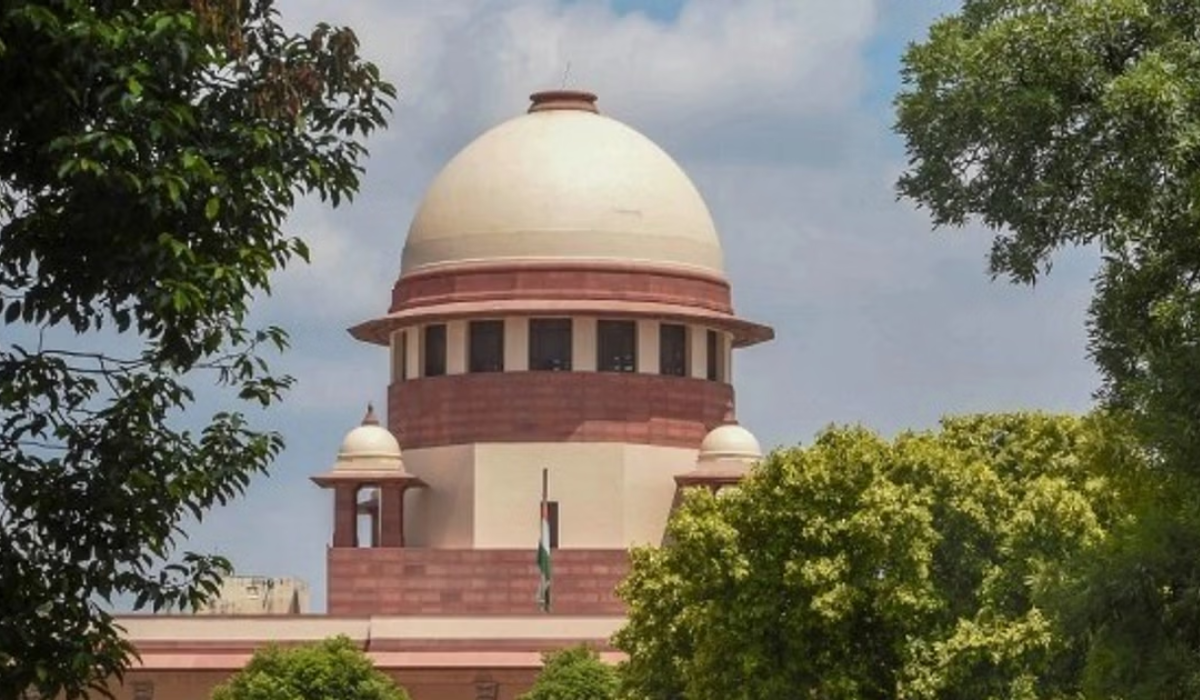A seven-judge Constitution bench of the Supreme Court has authorized the establishment of sub-categories within Scheduled Castes (SC) and Scheduled Tribes (ST) to provide targeted reservations in employment and education for the most marginalized groups within these communities. State governments are now permitted to create these sub-categories to facilitate reservations. This decision overturns the 2004 ruling in the E.V. Chinnaiah case, which had prohibited the creation of sub-categories within SC/STs.
Also Read: भारतीय बैंकों पर बड़े साइबर हमले से 300 छोटे बैंकों के पेमेंट सिस्टम अस्थायी रूप से बंद
Chief Justice D.Y. Chandrachud Delivers Majority Opinion
The Supreme Court has upheld the sub-classification within SC/STs. Chief Justice D.Y. Chandrachud delivered the 6-1 majority decision. Justice Bela Trivedi dissented from the majority opinion. The Chief Justice stated, “We have overruled the decision in the E.V. Chinnaiah case. Sub-classification does not violate Article 14 as sub-groups are not excluded from the list.”
Also Read: बैडमिंटन के राउंड ऑफ-16 में आज आमने-सामने होंगे लक्ष्य और प्रणय
While delivering the judgment, the Chief Justice remarked, “The criteria used to identify Scheduled Castes indicate the diversity within these classes.” He added that there is nothing in Articles 15 and 16 that prevents the state from sub-classifying a caste. However, the Supreme Court emphasized that the basis for sub-classification should be justified by quantitative and performance-based data provided by the states and cannot be done arbitrarily.
Also Read: The World Wide Web: A Transformative Journey Through Cyberspace
Greater Discrimination Justifies Reservations, but 100% Quota Not Allowed
Justice B.R. Gavai noted that it is undeniable that certain categories within SC/STs have faced centuries of discrimination. He explained that the rationale for sub-classification is that certain groups within the larger category face more discrimination. Justice Gavai clarified in the judgment that while sub-classification is permitted, the state cannot allocate 100% reservation to any one sub-category.
Also Read: The World Wide Web: A Transformative Journey Through Cyberspace
Supreme Court’s Ruling Enables Sub-Categories for SCs and STs
The Supreme Court’s decision allows state governments to create sub-categories within Scheduled Castes and Scheduled Tribes. This means that different sub-groups within these categories can be identified and provided with varying levels of reservation. For instance, if a state has 150 castes under the SC category, the state government can create different sub-categories and allocate reservations accordingly. It will be also interesting to see if this leads to creation of creamy layer within the SC/STs just like the OBCs.
Also Read: Zika Virus Found in Larvae Samples in Pune Amid Rising Cases


[…] Also Read: Supreme Court Approves Sub-Classification of SCs for Reservation […]
[…] Also read: Supreme Court Approves Sub-Classification of SCs for Reservationa […]
[…] Also Read:Supreme Court Approves Sub-Classification of SCs for Reservation […]
[…] Also Read : Supreme Court Approves Sub-Classification of SCs for Reservation […]